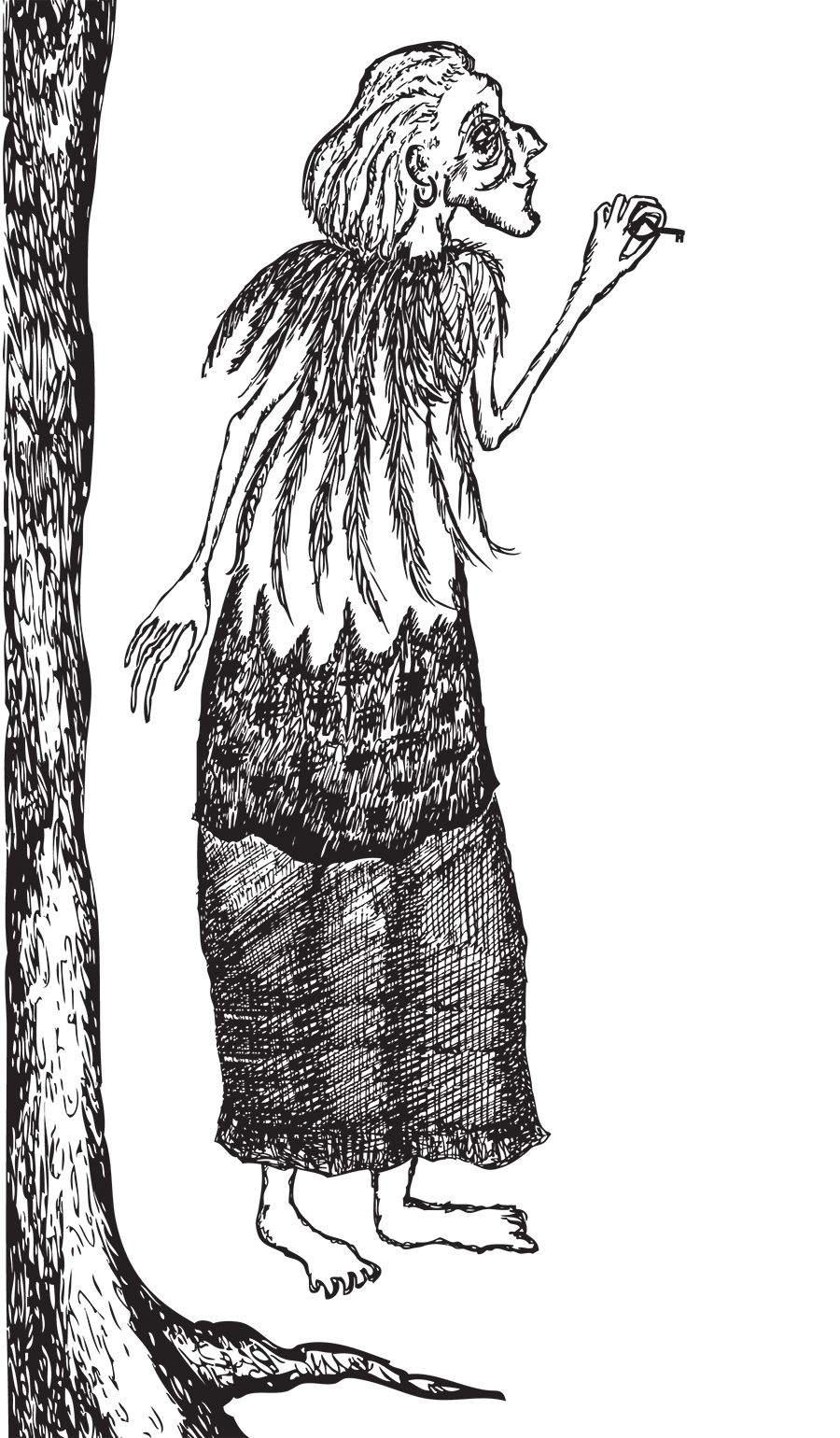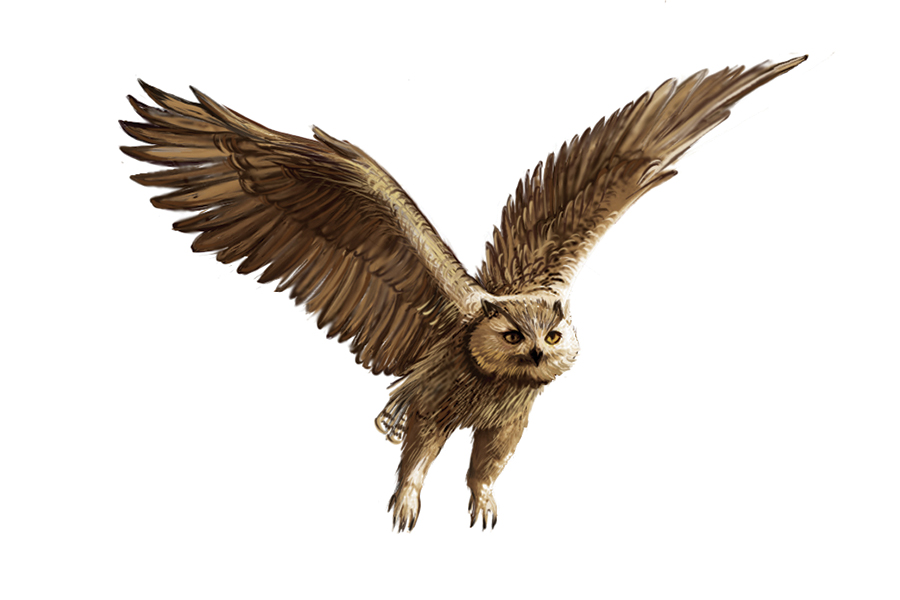By Ashley Walshe
February is a creature from an ancient myth, a wise old woman, a mystical crone goddess.
At first glance, she is homely, haggard and frightening. Her face is gaunt. Her garments, threadbare. Her skin like gray, crinkled paper.
There is nothing soft or warm or pleasant about her. Time and the elements stripped her of her beauty long ago. She lurks in the shadows, a bag of bones with sunken eyes, crooked fingers and limbs like wind-swept trees. Her icy breath swirls through the air like a ravenous arctic wolf.
Few have dared to approach — let alone understand — her. Most avoid her like the plague.

She does not require your favor. And yet, should you dare to gaze upon her, she will offer a wisp of a smile. A mysterious light will shine from her deep-set eyes, and while she will not speak with words, you will hear her, clear as a bell in the night: follow me.
Into the darkness you’ll trudge, cold air burning like poison ivy, frozen earth crunching beneath your feet. Rows of naked trees reach toward a grim, abysmal sky, and you wonder how life could possibly grow in this barren landscape, this pregnant silence, this bitter womb of winter.
As she walks, the crone slips her wrinkled hand into her cloak pocket and withdraws a rusted skeleton key. At once it is clear: This is no forsaken beast. She is the chosen one: the gatekeeper between death and life, the end and the beginning, the black of night and the first blush of dawn.
You begin to notice what was already here: early crocuses bursting through the frosty soil; milky white snowdrops and fragrant wintersweet; a host of sunny jonquil. A great horned owl screams out.
The crone does not glow like a young maiden or a new mother. But as you softly gaze upon her, you see the grace of a soul who has witnessed many seasons — a wise one who knows that spring is ever on the silvery horizon. That the only way to it is through it.
Feed the Birds
It’s been a long winter for everybody — especially our winged friends. Feed the Birds Day is celebrated each year on February 3. If ever you’ve wondered where St. Francis of Assisi, patron saint of animals, came up with his “For it is in giving that we receive” line, consider that he’s often depicted with a bird in his hands.
You think winter will never end, and then, when you don’t expect it, when you have almost forgotten it, warmth comes and a different light. — Wendell Berry

Space and Time
According to EarthSky.org, one of the most anticipated sky scenes of 2022 happens 40 minutes before sunrise from February 11–16, when Venus, Mars and Mercury will all be visible in the darkest spell of morning.
Another scene not to be missed this month: The “Winter Hexagon,” a prominent group of stars comprised of Rigel (in Orion), Sirius (in Canis Major), Procyon (in Canis Minor), Aldebaran (in Taurus), Capella (in Auriga) and Pollux (in Gemini). Also called the “Winter Circle,” you can find this asterism by first looking for Orion’s brightest star, Rigel, the bluish star at the lower right (in other words, below the belt). From here, draw a line straight up to Aldebaran, then continue following the bright points counterclockwise until you complete the circle.


